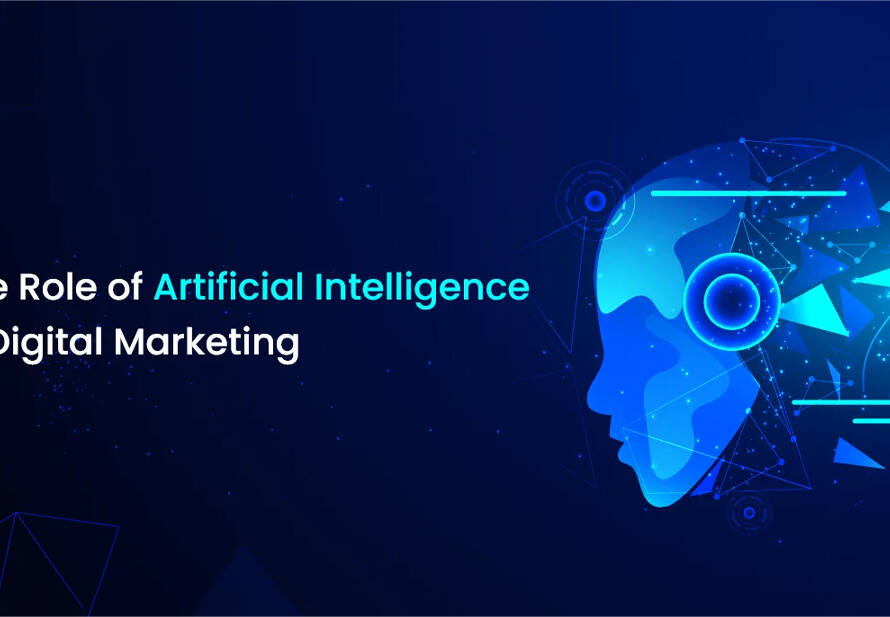How AI is changing the way we experience the web,You know that moment when you open an app or a website, and it feels like it’s speaking directly to you? The offers are exactly what you were looking for, the suggestions are spot-on, and everything just clicks. It’s not magic—it’s AI, working behind the scenes to make your experience feel personal and relevant.
Today, people expect brands to understand them. Not just as customers, but as individuals. They want things that feel made for them, not some generic “one-size-fits-all” experience. And thanks to AI, brands are now able to deliver that in ways that weren’t possible before.
How AI Personalization Is Changing the Way We Experience the Web
At its heart, AI personalization is all about using data to figure out what people actually want and need, and then adjusting their experience accordingly. It’s a lot more than just inserting someone’s name in an email. It’s about recognizing their preferences, habits, and interests and offering them things they’ll actually care about.
Why AI Personalization Matters in Today’s Web Experience
Attention is fleeting: If something doesn’t grab us in the first few seconds, we’re on to the next thing. People’s attention spans are shorter than ever, and the digital world is crowded with distractions.
The competition is fierce: Every brand is trying to get our attention. It’s not enough to have a good product anymore—you have to know how to stand out and speak to people personally. Personalization is no longer a nice-to-have; it’s a necessity.
People expect it: We’ve all been there—browsing a site, expecting a more personalized experience, only to be disappointed. Studies show that 71% of consumers want personalized interactions with brands, and when they don’t get them, they’re frustrated.
How AI Delivers Personalized Web Experiences in Real Time
Personalization on this scale would be impossible without AI. It’s not about one person sitting and manually sorting through customer data—it’s about AI crunching millions of data points and predicting what a person might want next. Here’s how it works:
Tracking behavior: AI looks at how people interact with websites, apps, and emails. It tracks what they click on, what they browse, and what they don’t. Based on all that, it figures out what might be interesting to them next.
Predicting needs: Imagine you’ve been browsing a store online for a while. AI looks at what you’ve done so far and can guess what you might be interested in next. Maybe you’re about to buy a jacket, and suddenly a pair of shoes pops up that match perfectly. That’s AI working behind the scenes.
Real-time adjustments: One of the coolest things about AI is how quickly it adapts. As you browse, it can change what you see, offering new products, content, or discounts based on your behavior right at that moment.
Smarter segmentation: Instead of lumping people into broad categories, like age or location, AI digs deeper. It looks at interests, actions, and habits to create personalized experiences for small groups of people that really matter.
Get more information at:Friendsmedia
Real Examples of How AI Is Changing the Way We Experience the Web
Netflix: Ever noticed how Netflix always seems to know what you might want to watch next? That’s AI reading your viewing history, predicting what you’ll like, and suggesting something based on that.
Amazon: If you’ve ever seen that “Customers who bought this also bought…” suggestion on Amazon, you’ve seen AI in action. It’s learning from other shoppers with similar tastes and recommending products based on that.
Spotify: Your “Discover Weekly” playlist is another example. It’s AI curating music based on what you’ve listened to, and even pulling in songs that other people with similar tastes are enjoying.
Getting Started with Personalization
Get the right data: Collecting data is key, but it’s not just about knowing someone’s age or location. You need to understand how they behave—what they click, what they buy, what interests them.
Invest in the right tools: There are a lot of tools that can help brands personalize at scale. Whether it’s AI-powered recommendation systems or CRM platforms, investing in the right technology makes all the difference.
Be transparent: People don’t mind their data being used—as long as you’re clear about it. Be upfront with your customers about how you use their information, and they’ll be more likely to engage with personalized offers.
Test and refine: Personalization isn’t a one-time thing. You have to keep testing, learning, and improving based on how people respond to your efforts.
To Sum It Up
AI-driven personalization is the future of marketing. It’s not just a buzzword; it’s how brands are connecting with people on a deeper level, driving better engagement and improving the customer experience. If you’re not using AI to personalize your brand’s digital experience, now’s the time to start. Because in today’s world, personalizing isn’t just a nice touch—it’s essential.

